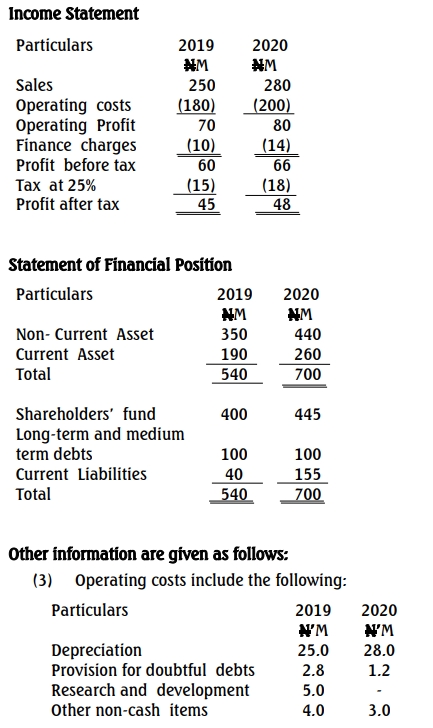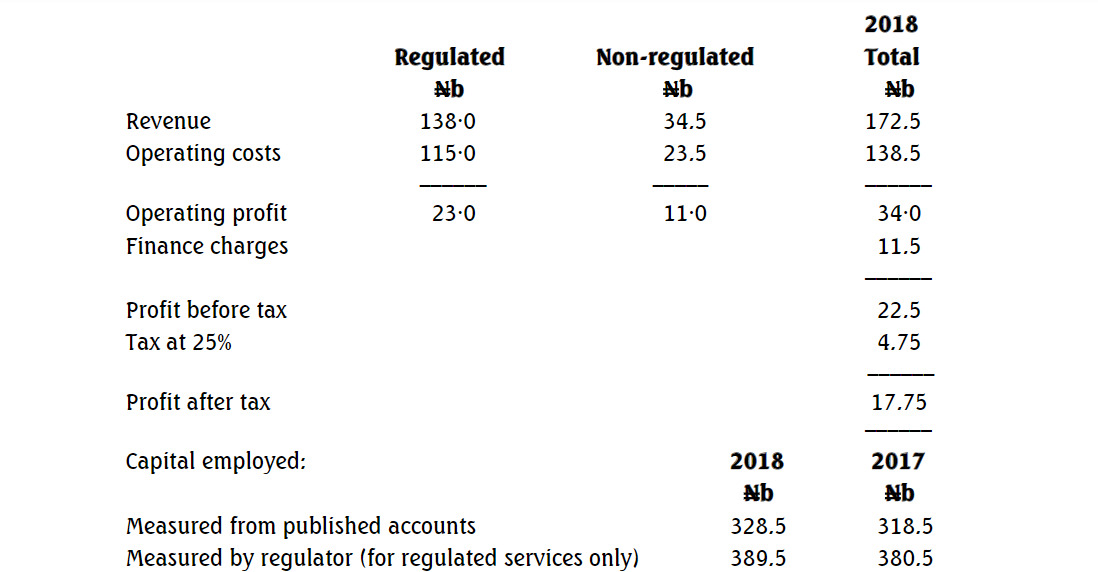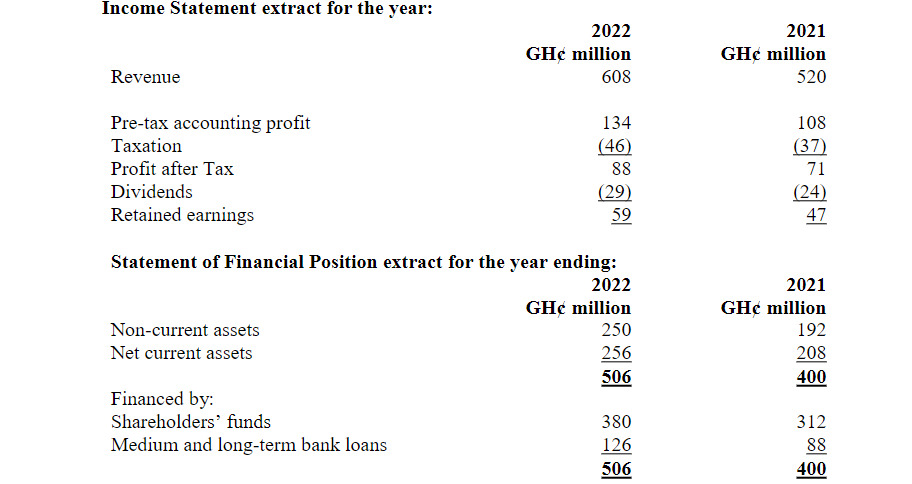- 20 Marks
FM – Nov 2016 – L3 – Q3 – Strategic Performance Measurement
Calculation of EVA for Jack Limited using adjusted financial data and WACC to assess value creation.
Question
Jack Limited is a family-owned business which has grown strongly in the last 50 years. The key objective of the company is to maximize the family’s wealth through their shareholdings. Recently, the directors introduced value-based management, using Economic Value Added (EVA) as the index for measuring performance.
You are provided with the following financial information:
Statement of Profit or Loss and Other Comprehensive Income for the Year Ended December 31, 2015
| Item | Amount (₦’million) |
|---|---|
| Operating profit | 340.0 |
| Finance charges | (115.0) |
| Profit before tax | 225.0 |
| Tax at 25% | (56.3) |
| Profit after tax | 168.7 |
Notes
| Description | 2015 (₦’m) | 2014 (₦’m) |
|---|---|---|
| (i) Capital employed – from the Statement of Financial Position | 6,285 | 6,185 |
| (ii) Operating costs: Depreciation | 295 | 285 |
| Provision for doubtful debts | 10 | 2.5 |
| Research and development | 60 | – |
| Other non-cash expenses | 35 | 30 |
| Marketing expenses | 50 | 45 |
- Economic depreciation is assessed to be ₦415 in 2015. Economic depreciation includes any appropriate amortization adjustments. In previous years, it can be assumed that economic and accounting depreciation were the same.
- Tax: The cash paid in the current year is ₦45 million, with an adjustment of ₦2.5 million for deferred tax provisions. There was no deferred tax balance prior to 2015.
- The provision for doubtful debts was ₦22.5 million on the 2015 Statement of Financial Position.
- Research and development cost is not capitalized in the accounts. It relates to a new project that will be developed over five years and is expected to be of long-term benefit to the company. The first year of this project is 2015.
- The company has been spending heavily on marketing each year to build its brand long-term.
- Estimated cost of capital for the company:
- Equity: 16%
- Debt (pre-tax): 5%
- Gearing (Debt/Equity) Ratio: 1.5:1
Find Related Questions by Tags, levels, etc.
Report an error




